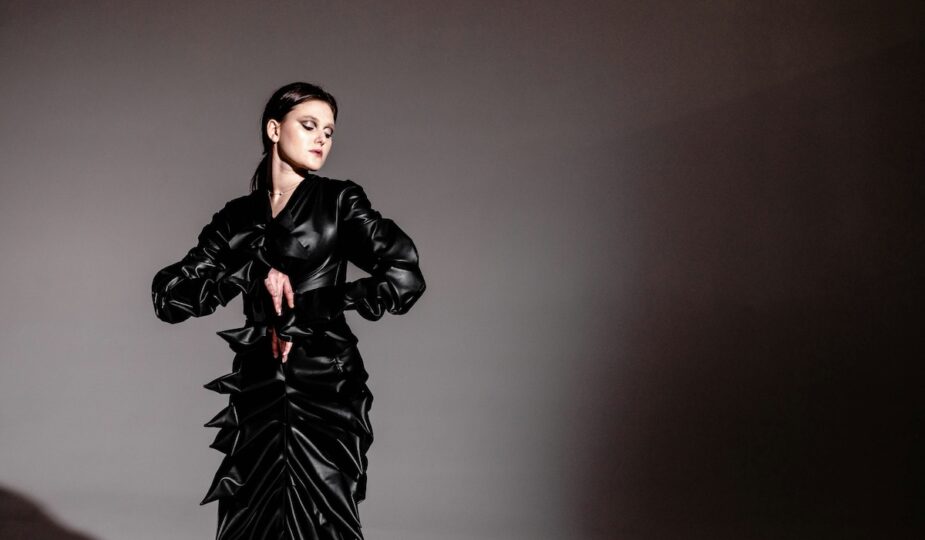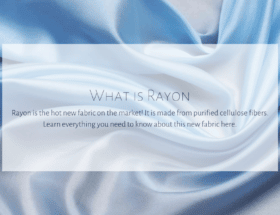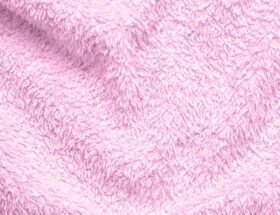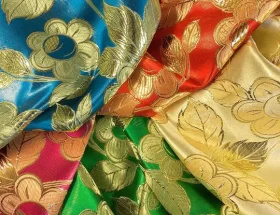There’s always been something irresistibly bold about high-shine fashion. The gleam of a sculpted silhouette, the near-liquid drape of a well-cut dress, and the undeniable edge that comes with wearing something just a little unexpected. In the world of alternative and avant-garde styles, two materials often get thrown together in conversation—latex and rubber. Yet, while they may share a certain visual appeal, their histories, compositions, and roles in fashion are distinctly different.
Latex has become a material of high fashion, worn on the runways, sported by celebrities, and embraced in the underground scene for decades. Rubber, on the other hand, has served more functional purposes in industrial and protective wear. But where do the differences really lie, and how has each material carved out its place in the fashion world? Let’s take a closer look.
The Origins: From Trees to Textiles
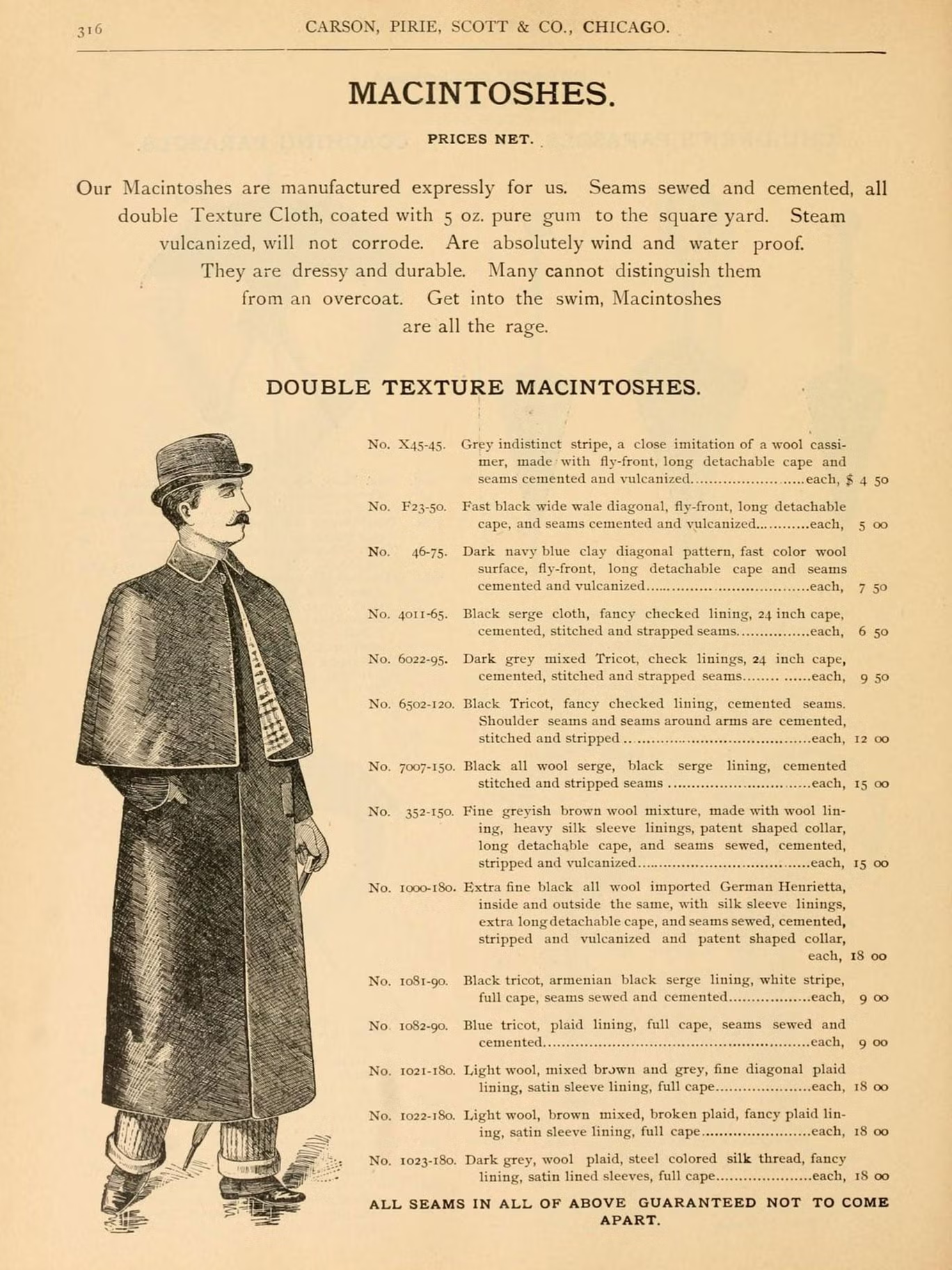
Latex and rubber share a common starting point: the milky sap of the Hevea brasiliensis, or rubber tree. This natural substance has been harvested for centuries, first used by indigenous South American cultures long before European explorers ever laid eyes on it.
The Aztecs and Mayans tapped rubber trees to create waterproof coatings and even early forms of shoes. However, it wasn’t until the 19th century that rubber was transformed into the durable material we recognize today.
In 1839, Charles Goodyear changed the game with his discovery of vulcanization, a process that makes rubber stronger, more elastic, and resistant to temperature changes.
This led to rubber’s widespread use in everything from industrial machinery to raincoats. Fashion-wise, rubber’s early claim to fame came in the form of Mackintosh raincoats, first produced in 1824, which set the precedent for weatherproof outerwear.
Latex, by contrast, is a more refined and flexible version of rubber, processed differently to maintain its natural stretch and shine. When latex is turned into clothing, it undergoes moulding, dipping, or sheeting, giving it a second-skin effect that rubber, with its heavier and more rigid nature, cannot replicate.
Latex in Fashion: From Fetish to High Style
Latex made its first real impact on fashion in the mid-20th century, but not in the way most people expect. While today’s latex clothing is often associated with futuristic, high-fashion, or alternative scenes, its earliest forms were medical and military-oriented. In the 1920s and 1930s, latex was used for gloves, gas masks, and even early rainwear. But by the 1960s, fashion designers began to recognize latex’s potential.
The punk and fetish movements of the 1970s and 1980s played a huge role in latex fashion’s evolution. Designers like Vivienne Westwood and Jean Paul Gaultier tapped into the rebellious, high-shine aesthetic, pulling latex into the mainstream conversation. By the 1990s, latex had transitioned from underground clubs to celebrity wardrobes, worn by the likes of Madonna and Grace Jones.
Today, latex sits comfortably within high fashion, with brands like Balmain, Atsuko Kudo, and (Elite) Latex Clothing elevating it from niche to luxury. Seen on red carpets and couture runways, latex now balances between avant-garde edge and refined elegance, crafted into structured blazers, figure-hugging gowns, and even streetwear-inspired designs.
Rubber in Fashion: More Utility, Less Flair
Unlike latex, rubber has remained largely practical in its fashion applications. It has long been the material of choice for waterproof outerwear, work gear, and protective clothing. The classic rubberized Mackintosh coat, developed in the early 19th century, remains an enduring staple for rainy weather.

While rubber does appear in some fashion-forward pieces, it lacks the fluidity and lightness of latex, making it less common for fitted garments. However, rubber has found a place in footwear, particularly in boots and sneakers, where durability is key.
Brands like Hunter, Dr. Martens, and Converse have long used rubber as a core material in their designs.
There are, of course, designers who experiment with rubber, pushing its boundaries into high fashion. Comme des Garçons and Alexander McQueen have dabbled in rubberized fabrics for avant-garde collections, but for the most part, rubber remains in the realm of functional fashion rather than statement wear.
Key Differences Between Latex and Rubber in Fashion
| Feature | Latex Clothing | Rubber Clothing |
|---|---|---|
| Material Origin | Natural latex, processed for flexibility | Vulcanized rubber, made for durability |
| Texture & Look | Glossy, smooth, body-hugging | Matte or slightly shiny, thicker, and rigid |
| Comfort & Fit | Lightweight, stretches like a second skin | Heavy, less flexible, not form-fitting |
| Fashion Use | High fashion, avant-garde, alternative wear | Raincoats, boots, industrial wear |
| Breathability | Low – traps heat and moisture | Higher – less insulating than latex |
| Durability | Needs maintenance, prone to tearing | More durable, less likely to degrade |
Caring for Latex & Rubber Clothing
One key consideration for both materials is maintenance. Latex, in particular, requires regular polishing to maintain its shine and prevent oxidation. Storing latex improperly—such as leaving it in direct sunlight or folding it too tightly—can lead to cracks and disintegration.
Rubber, on the other hand, is more durable but can become brittle over time if exposed to excessive heat or cold. Unlike latex, it doesn’t require polishing, but conditioning treatments can extend its lifespan.
Which One Should You Choose?
It all depends on what you’re looking for. If you want fashion-forward, high-shine, and second-skin appeal, latex is the clear winner. It has a sculptural quality that no other material quite replicates, making it ideal for couture, performance wear, and statement fashion.
Rubber, meanwhile, is functional, reliable, and weatherproof. If your goal is durability rather than aesthetics, rubber is the go-to choice for outerwear and protective gear.
Final Thoughts: Latex Takes the Fashion Crown
When it comes to fashion impact, latex undoubtedly takes the lead. It has crossed from subculture to couture, proving that with the right craftsmanship, a material once relegated to underground fashion can become an elegant and powerful statement.
Rubber will always have its place in utility wear, but latex has secured iconic status, embraced by designers, celebrities, and daring dressers alike. Whether it’s a classic latex dress, a futuristic latex blazer, or a bold statement piece, this material remains at the forefront of edgy, high-impact style.
And who knows? With continuous innovation in textile technology, the next era of fashion might see latex and rubber blending in unexpected ways—taking fashion’s love for shine and structure to a whole new level.
